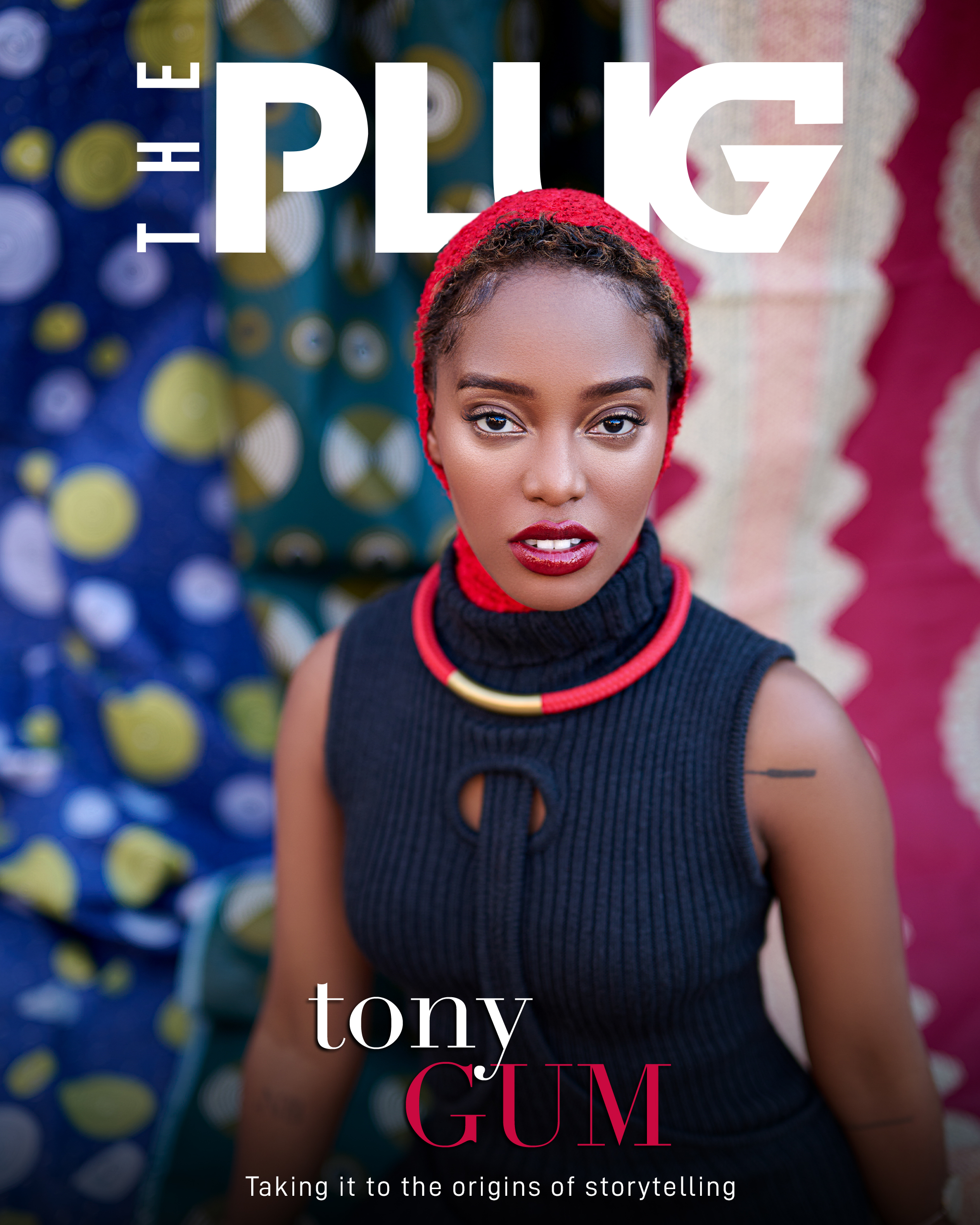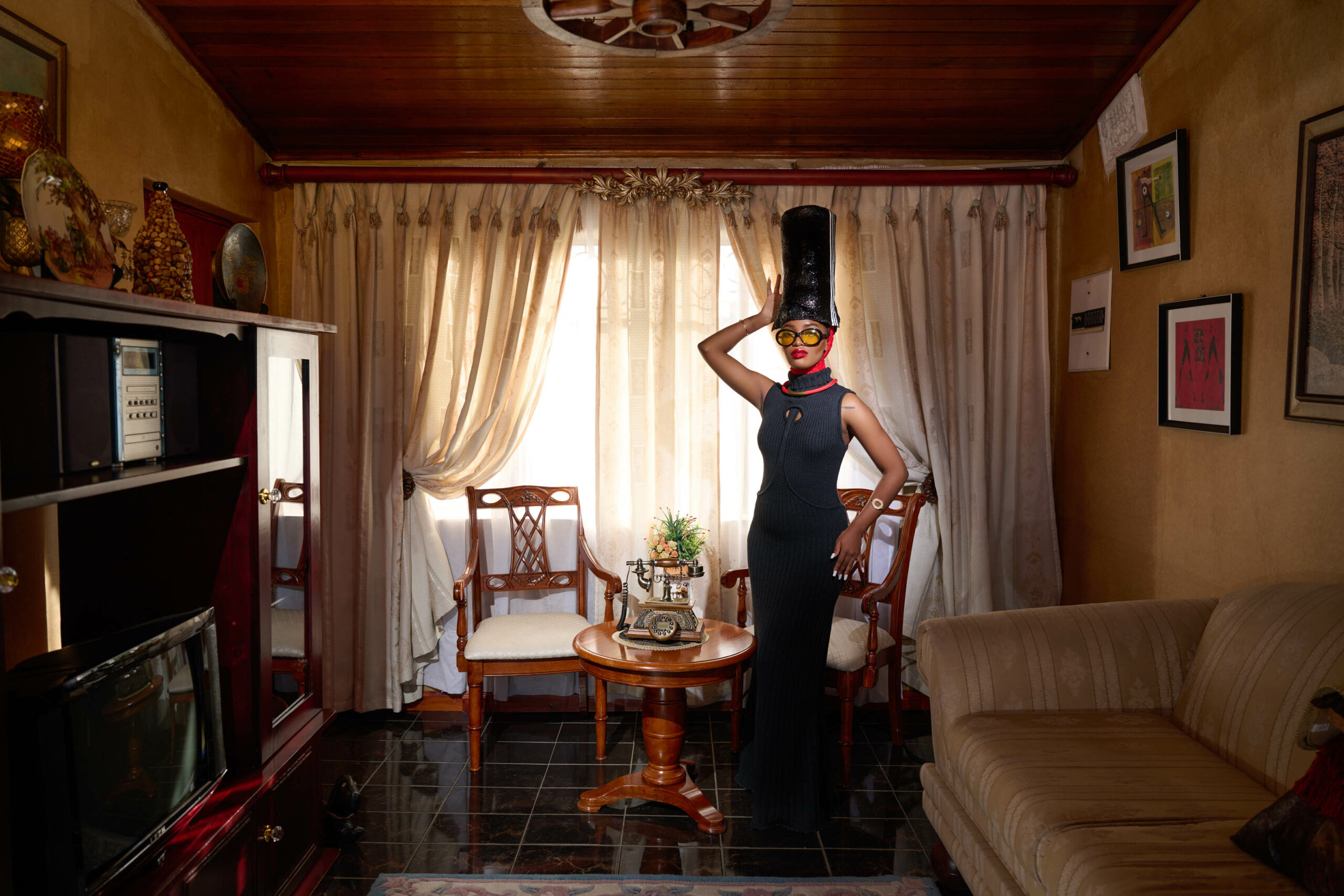

Being an artist is a lot like being a teenager. It’s a time of simultaneous omnipotence and powerlessness, according to Chris Kraus, as you live so intensely inside your own head that there isn’t a difference between reality and your imagination. You’re the master of your own universe, discovering and making the world all at once. Tony Gum wants to be a teenager again.
“That younger self is the most iconic person that I know,” she reveals. “A hero in my eyes.” Of course, Tony, born Zipho, was arguably cooler than most young people back then. Vogue crowned her the ‘Coolest Girl in Cape Town’ at 20 years old. Tony spent her time collecting references and friends on the Internet, creating films and editorials in her backyard, and constantly experimenting with her personal style.
“My mom was really nervous about me for a very long time. She was like, ‘This girl! She’s bleaching her hair, she’s dying it orange, she just stays indoors like all the time,’ – and I’m on the internet like mad because this was the blogging pinnacle of the time and everything’s so amazing on the internet–and there’s this cause for concern because this child’s not socialising as much, she’s not really doing her homework.”
This was yesteryear: a time before ubiquitous pouty-lipped Instagram influencer, or the down-to-earth Twitch stream, or even before the Millennial Pink blogger turned #girlboss. Without the privilege of hindsight, or being one of the wide-eyed teenagers asserting that Tumblr was the future, it’s easy to understand why her family found this all so concerning. “My grandmother even pulled me to the side at one point. ‘What are you doing with your life?’ You know, like pulling up with the real questions. And I was like, ‘I’m literally 17 years old. To be honest, I don’t know.’”
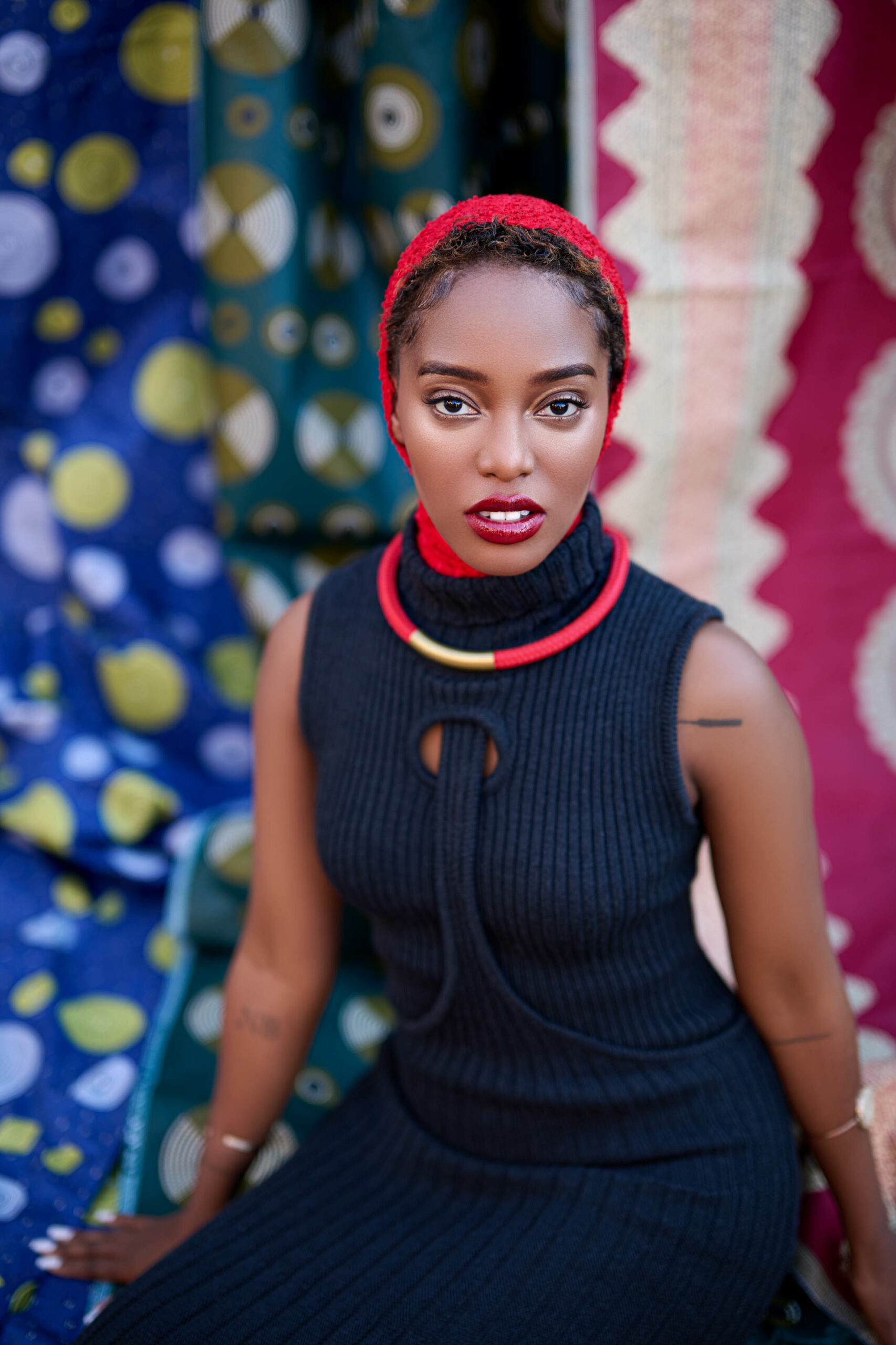
There isn’t a better and worse time not to know than when you’re 17. Despite the fact that adolescence only really ends when you’re 25, or that you’re not even entrusted with renting a car before 21, teenagers have to figure out the rest of their lives in between homework, teen angst, and their frontal lobes forming. The beauty of adolescence, however, is the opportunity for failure. To make mistakes, to invent and reinvent, to gloriously learn over and over that the sun will rise even if the night was pitch black. None of this would have been possible for Tony without the support of her family, even with their well-meaning reservations.
“I was blessed with a family that was open enough to let me figure it out,” Tony explains. “And once my career started picking up and they started noticing, ‘hey, this randomness that she’s doing is actually a career in the making’ and my mom was actually the one who pushed me into finding a study within this interest, this hobby that I had.”
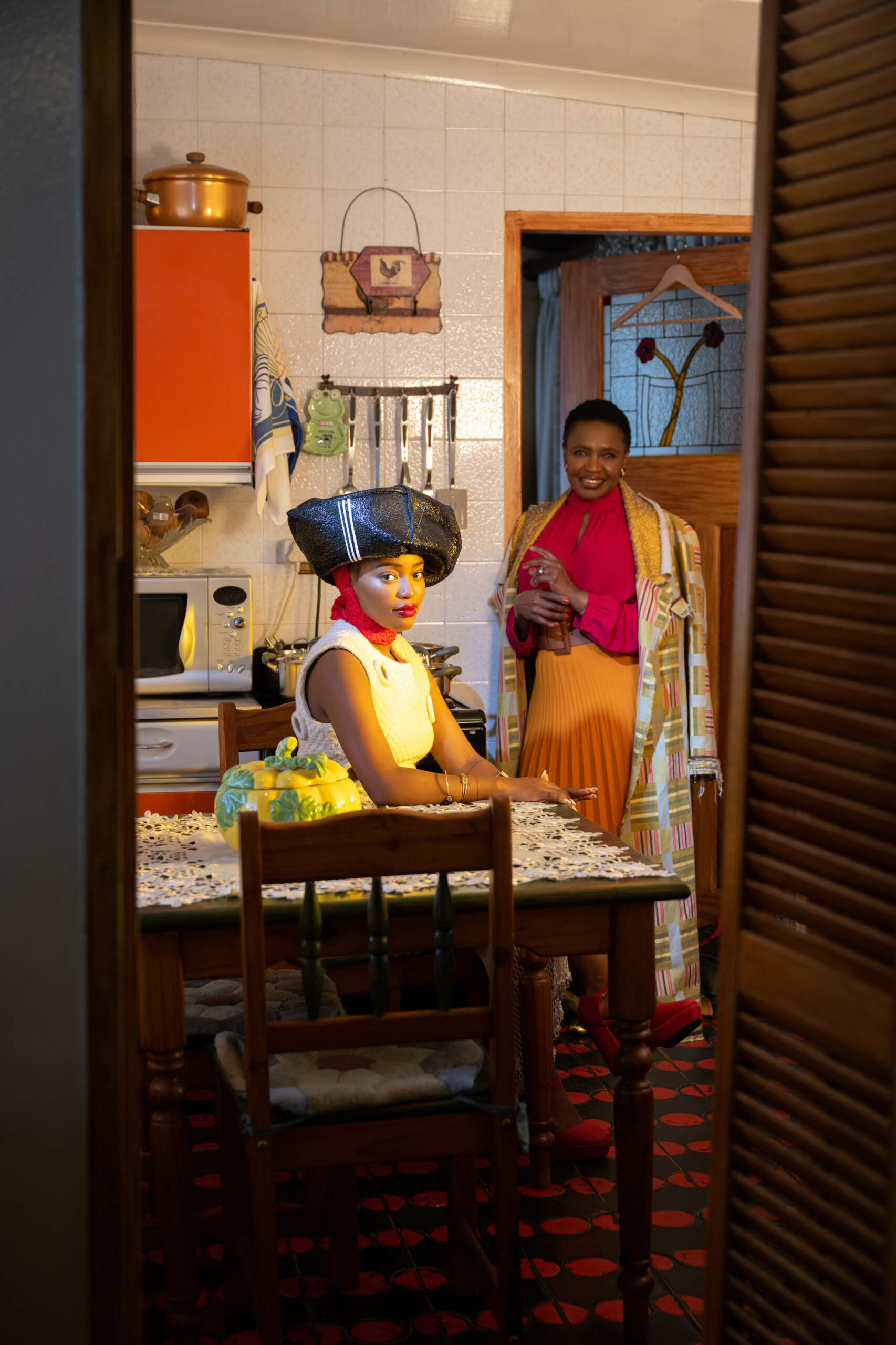
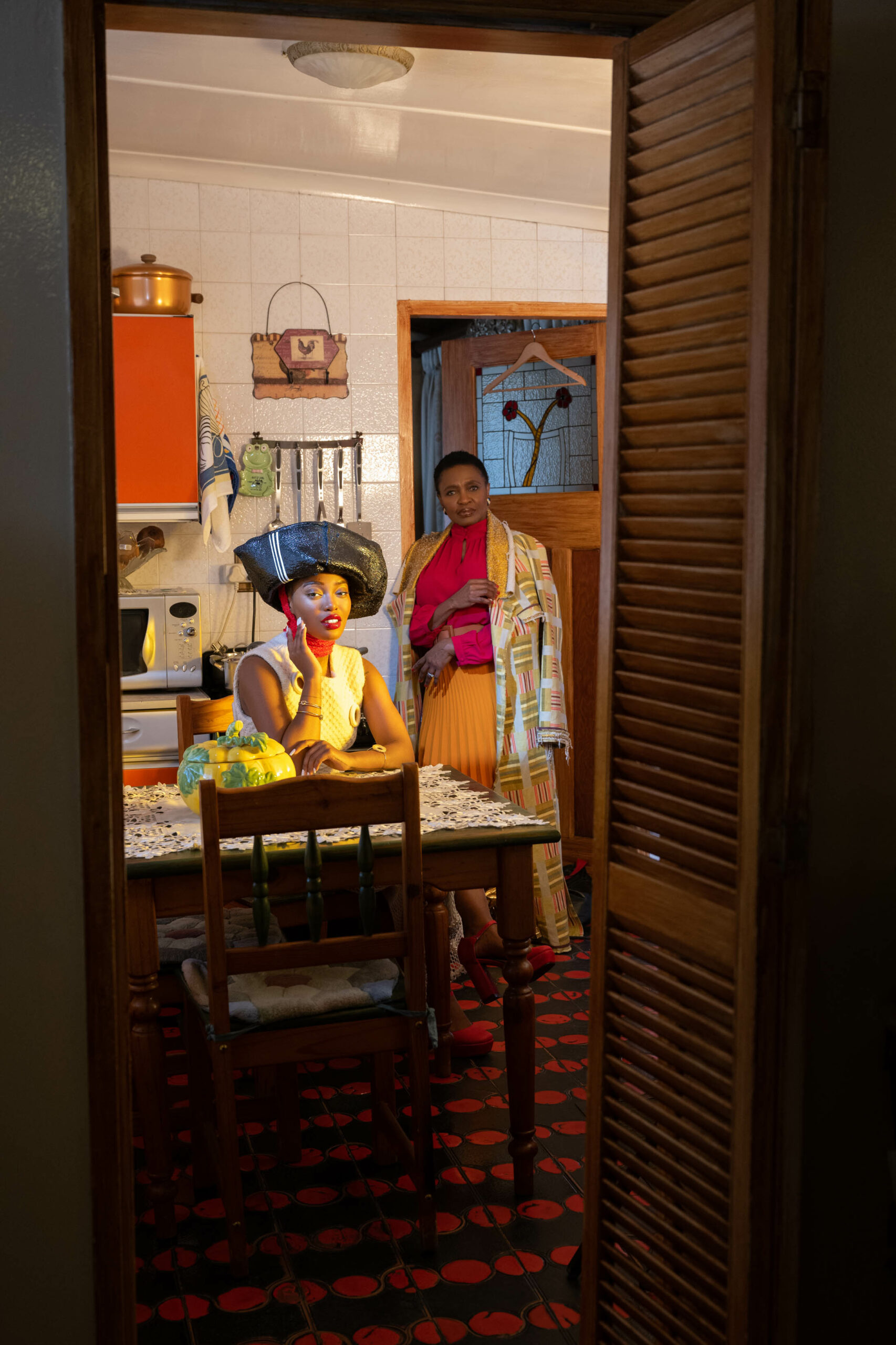
That desire and drive to “figure it out”, to make and tell her own story speaks to the core of Multichoice’s Origins campaign, an initiative to highlight multifaceted storytellers. If, according to Multichoice, the greatest story ever told is our history and origin, there’s no one telling better stories than Tony Gum.
Femininity and womanhood is a recurring theme in Tony’s work because, like the best artists, she works with what she knows. Her body of work primarily consists of self-portraiture, an intimate look not only into Tony, herself, or her brilliant cast of characters but all the women who’ve come before her and informed who she is. They have a direct and indirect influence on her work, there are parts she can’t yet put a name to – she’s still figuring that out – but when it comes to Tony’s attention to styling (“The majority of my earlier works are a combination of my grandmother and mother’s clothes,”), posturing and attitude, that’s all from her matriarchs. “Women are the crux of who I am,” she says. “Being raised by incredible, impeccable women gave me a sense of independence that I don’t have to seek from outside.”
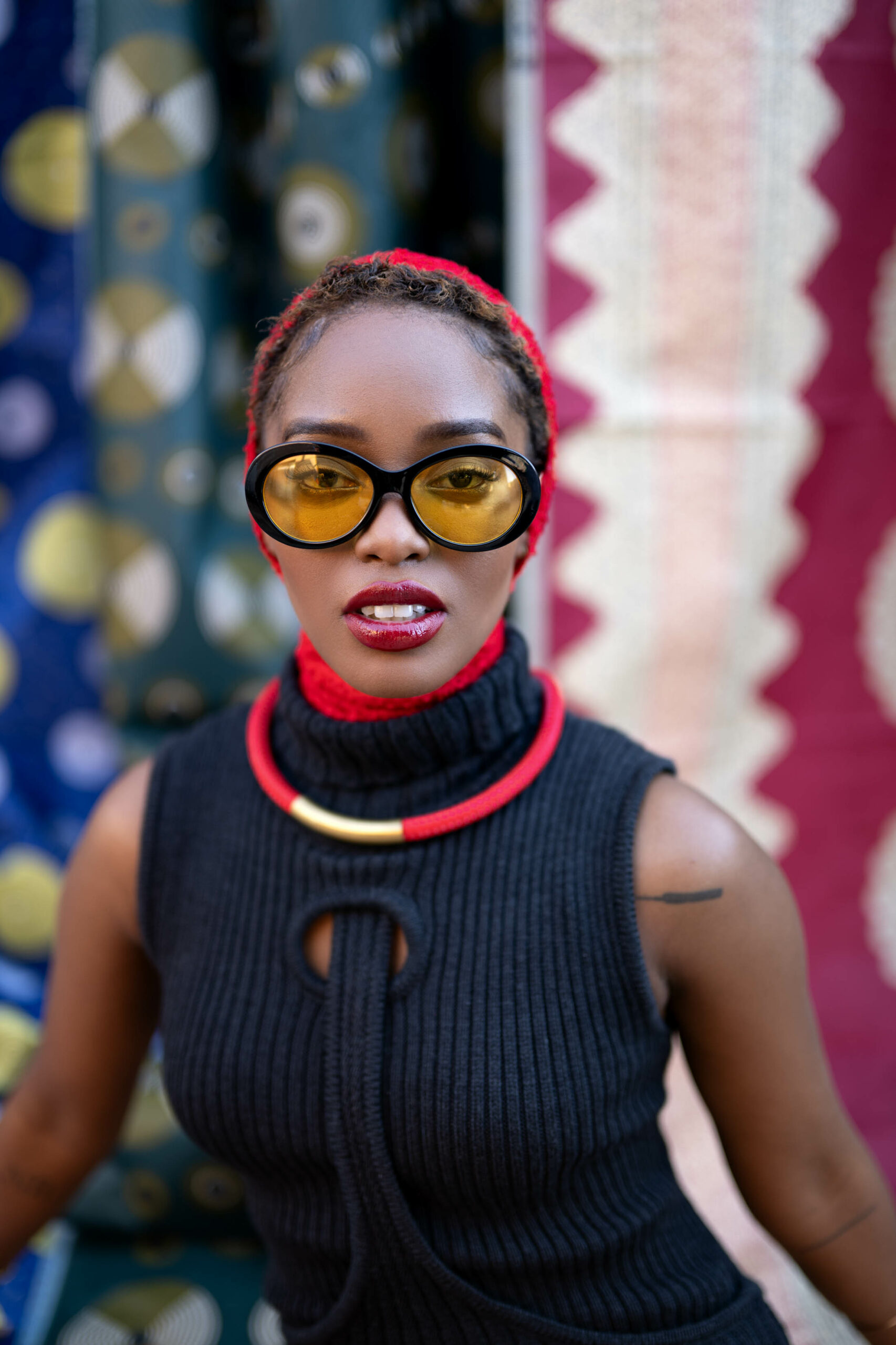
There’s an upwardness, a posture, a strength of character that always comes through in her dialectical exploration of femininity–think: vulnerability and resilience, pain and pleasure, glamour and simplicity, all playing equal and opposing parts in the performance of womanhood that still achieves harmony. Even in her self-described shyness, there’s a confidence and assertiveness she’s still gleaned from her mother. “My mom is a Gemini. And we all know what Geminis are,” she adds mischievously. “But I’m glad because she really shaped me for the world because now I know that the world is ruthless –with love, of course, I was shown that.”
But, ultimately, she adds, “The world is up to you. [You don’t have to] be beaten and battered, you can decide for yourself.” When looking at Tony’s work and outlook, that might be the most definitive art statement you could create for her. And an artist statement reflective of her desire to return to her younger self, to that precious time of omnipotence and powerlessness.
“I had to be chaotic. You have to lose your mind in order to arrive at a calm place. You have to go through the turbulence of life in order to find solace. You need to go through the wretched pain to find happiness.”
You get the sense as Tony speaks that life is almost like one big group project, the intention to produce a cohesive whole with many disparate and moving and clashing parts.
She describes the isolation she felt growing up, as the only girl amongst her older brothers, and the jarring transition from elokshin to the suburbs of Cape Town. “Loneliness was very much a part of my operation but I found community on the internet strangely enough. Like blogging and Tumblr, that was my space and that’s where I met a lot of my friends.” One of her first collaborations was documenting urban life with her friend, romanticising the idiosyncrasies of their lives with the eternal unifier: good music. The internet became a place of refuge, to meet people with the same quirks as her, separated only in the physical dimension of distance but connected on a deeper level through HTML code.
“The internet can be a weird place but there’s community there. Even if we may grow up and grow apart, there’s still a bond that you can’t break.” It’s one of the better aspects of the internet’s permanence. Where we might look back upon our Tumblr and the early Valencia-filtered days of Instagram with a twinge of cringe, it is an enduring reminder of the people we were and the people we are. There’s something to be said of how these snapshots of ourselves online can capture our essence. That’s something Tony has found invaluable in her ability to meet up with her pen pals in her travels.
“That impression breaks the ice,” she says of finally connecting IRL with the people she’d spent many years following and liking. “We get the opportunity to understand that we are kindreds, we actually do think alike and once we have the opportunity to work, which is something I always do upon meeting people that I bond with on the internet, I wanna see what this connection is, what brings us together and once we do that, it’s always out of this world.
“I’ve actually felt this connection across borders.”
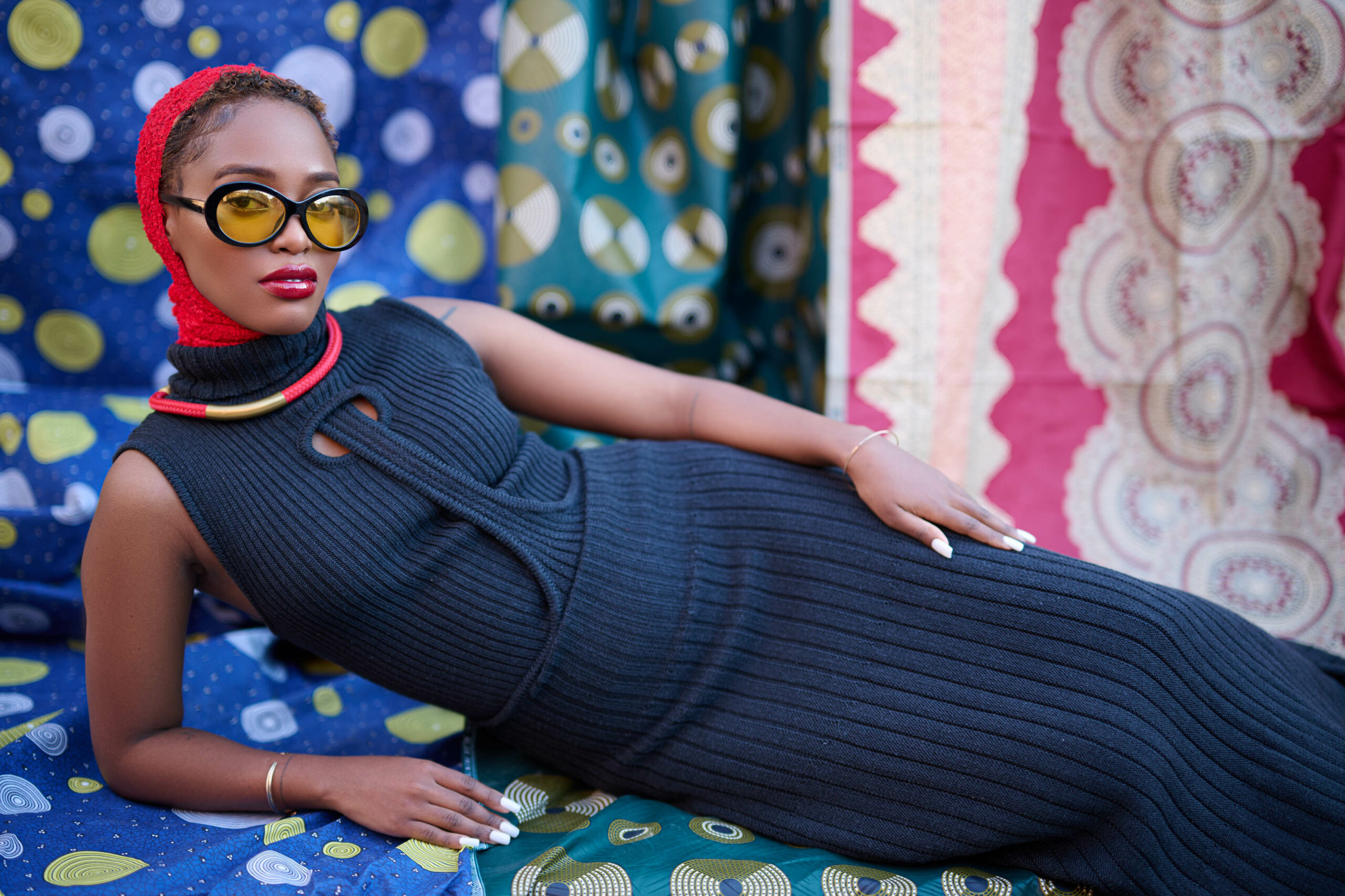
Don’t mistake the internet as being the entirety of Tony’s practice and being, however. She’s certain she could leave the world wide web for a year if need be because, at the center of it all, it’s about creation and finding a cathartic release. “There’s a return to self that’s necessary in being a creator and if that does something for the next, that’s great.” She shys away from the idea of being a leader, taking on the heavy burden of ‘icon’ or ‘trailblazer’, though there’s a great argument to be made for that. Perhaps even more so with her intentional choice not to think of her impact, but that emphasis on the return to self, the journey home.
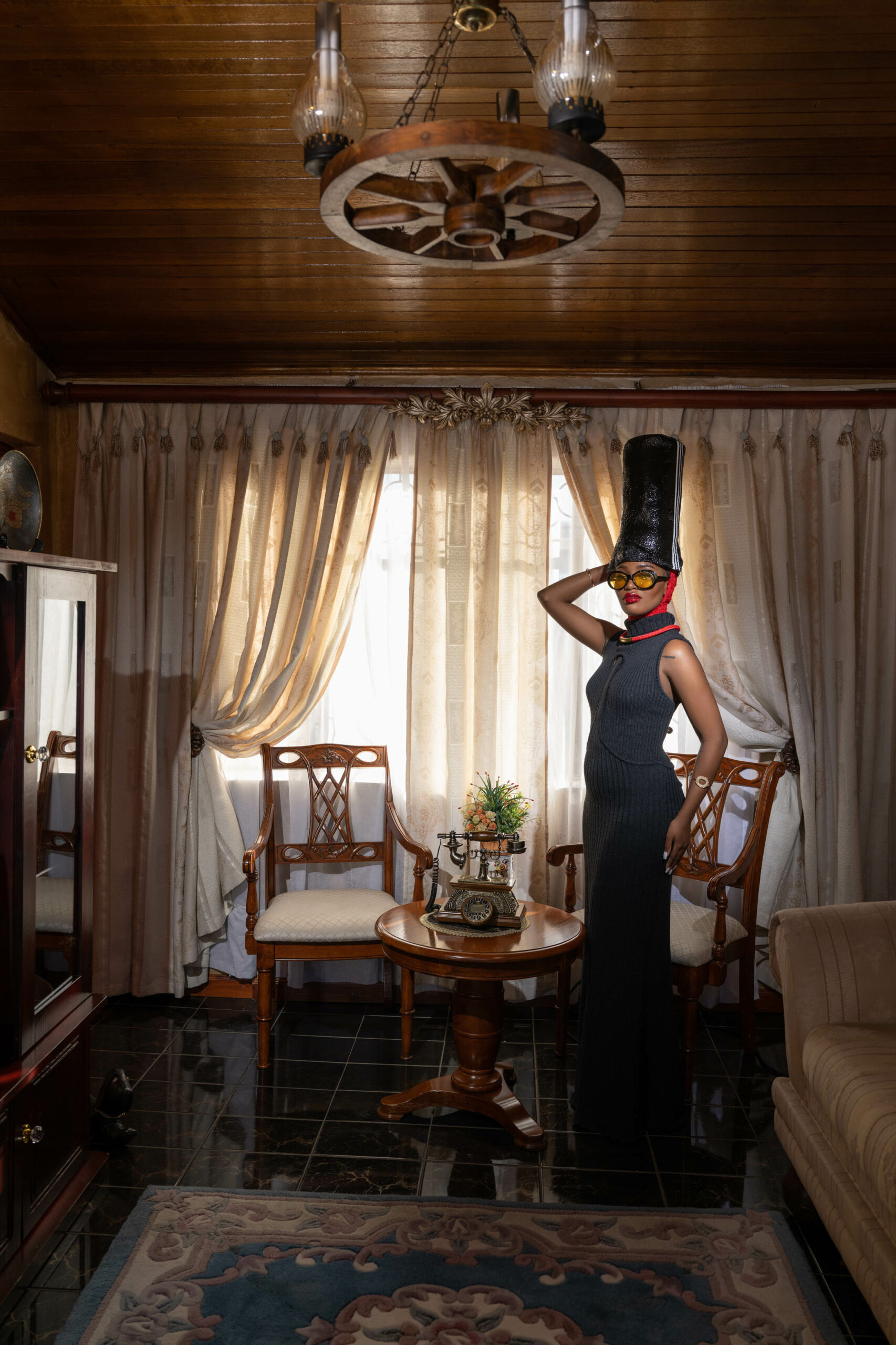
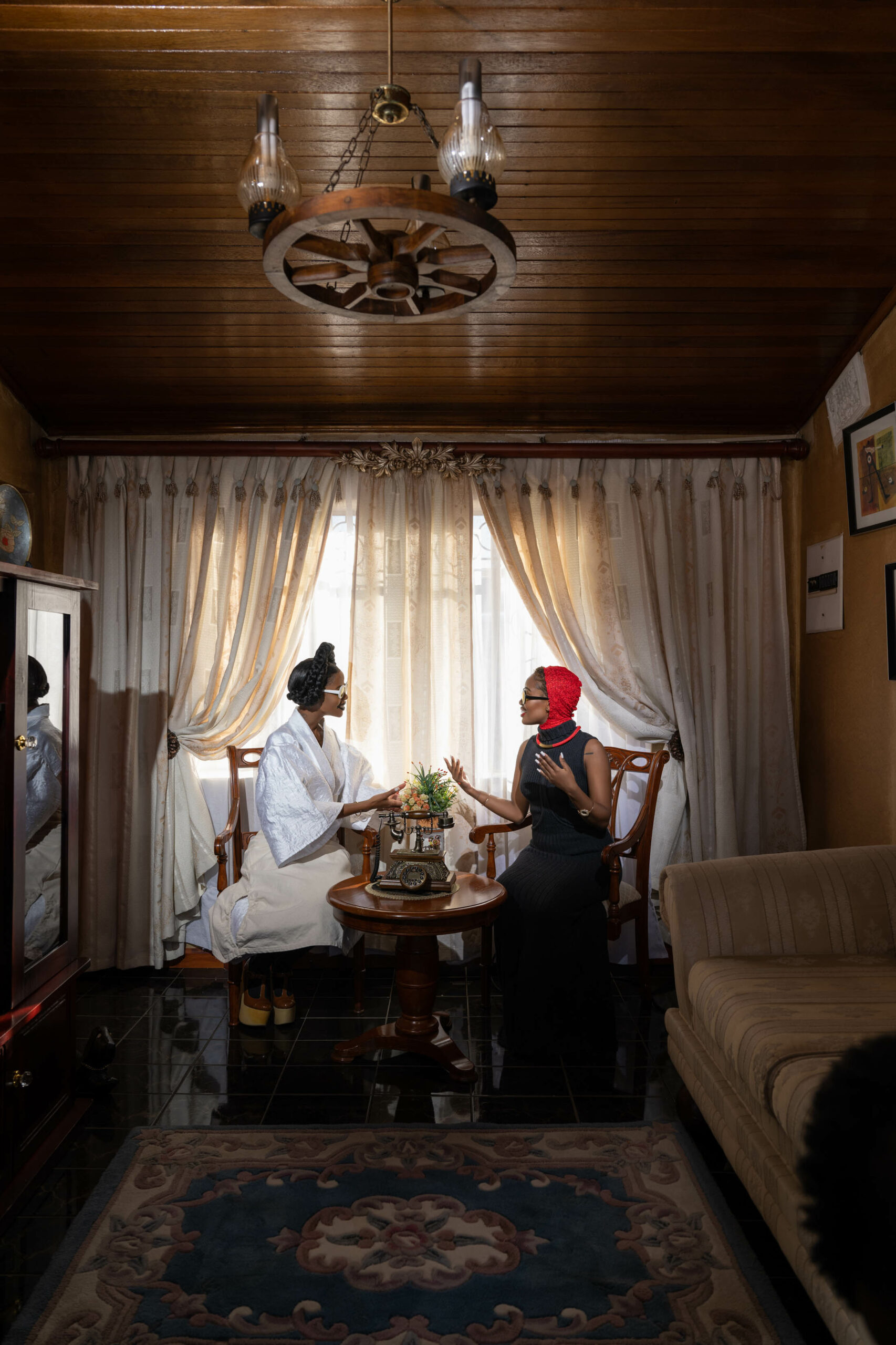
Destiny is a nebulous concept, and one that people like Tony prove time and time again is a matter of self-determination and self-actualisation but it is significant that her name, Zipho, means ‘gift’. Through a combination of her own will, found family and the influence of her foremothers, she has dedicated her life to giving to others. She wants to pay it forward even further in the future. “I want to move behind the camera,” she asserts. “I would love to be directing, be able to control the story from behind.” People’s stories, the everyday kind, have always been the most compelling to her, once again harkening to that naive, innocent wonder and discovery of adolescence.
“For some reason you have the vision, right? You are the one graced with this idea, and it’s really big and the steps to arriving at that place? There are many. But with the walk and the trudge, you can move with community. And when you have that foundation, you can make strides. So, find your people and move with them.”

Watch Tony in Langaland: An Artist in Learning here on Showmax.
